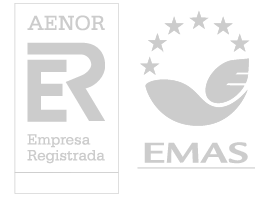TÈCNIQUES AVANÇADES PER AL MANTENIMENT PREDICTIU DE MOTORS ELÈCTRICS
- Des de: 23/3/20
- Fins a: 25/3/20
- Campus de València
- Idioma: Castellà
- Presencial
Preinscripció des del 31/1/20
Promogut per:
Dpto. de Ingeniería Eléctrica
Responsable de l'activitat:
Jose Alfonso Antonino Daviu
Modalitat
| Presencial | En línia | Emissió en directe |
|---|---|---|
|
21 hores |
0 hores |
0 hores |
| Horari |
|---|
|
Matí i vesprada
|
| Lloc d'impartició |
|---|
| Electrical Machines and Tecnology laboratory Department Electrical Engineering Building 5E, ground floor Universitat Politecnica de Valencia |
Assistència
PRESENCIAL
2019-2020
0
València
Presencials
En línia
| Preu | Col·lectiu |
|---|---|
| 750 € | Alumne UPV |
| 750 € | Personal UPV |
| 750 € | Alumni UPV PLUS o AAA UPV |
| 1.150 € | Públic en general |
750,00 € - Alumno UPV
750,00 € - Alumni UPV PLUS o AAA UPV
750,00 € - Personal UPV





